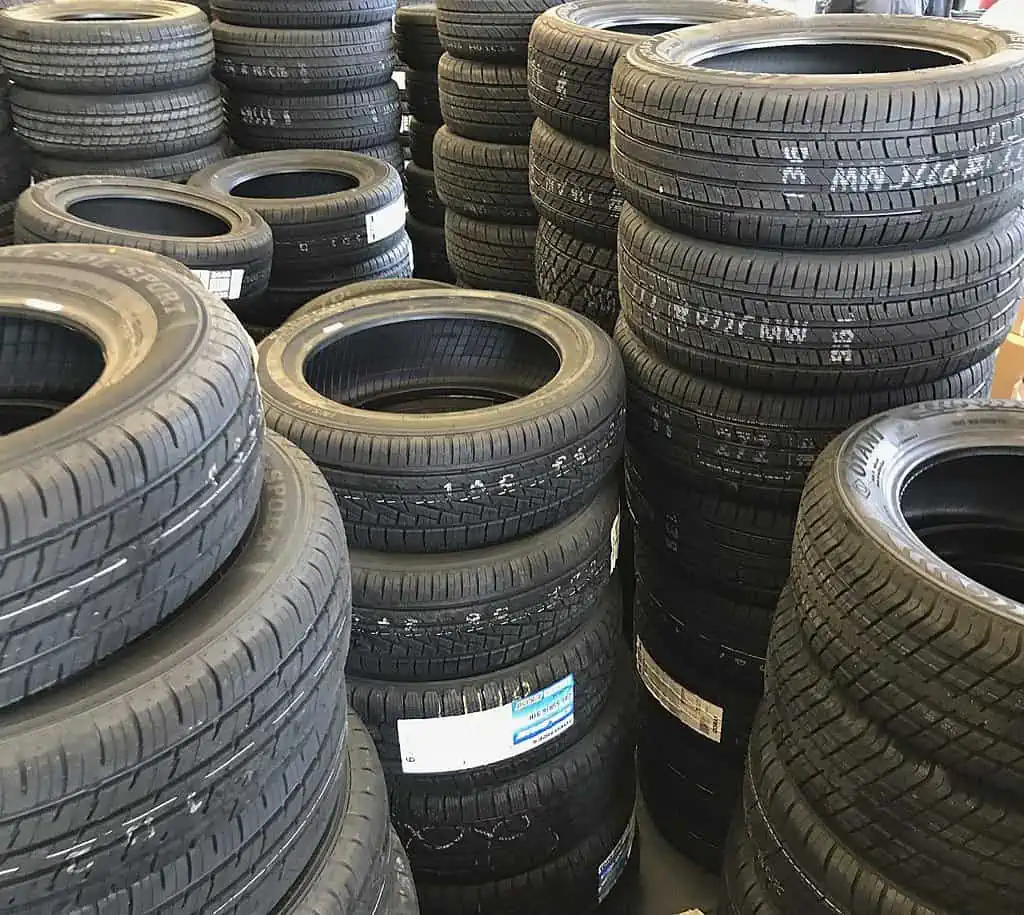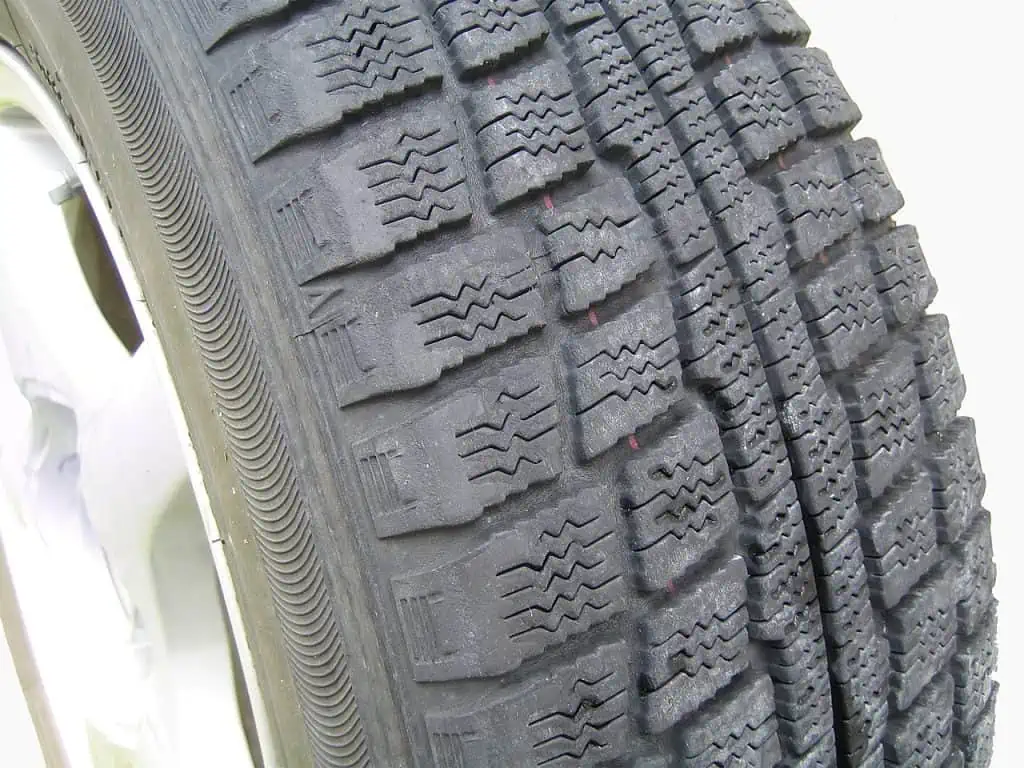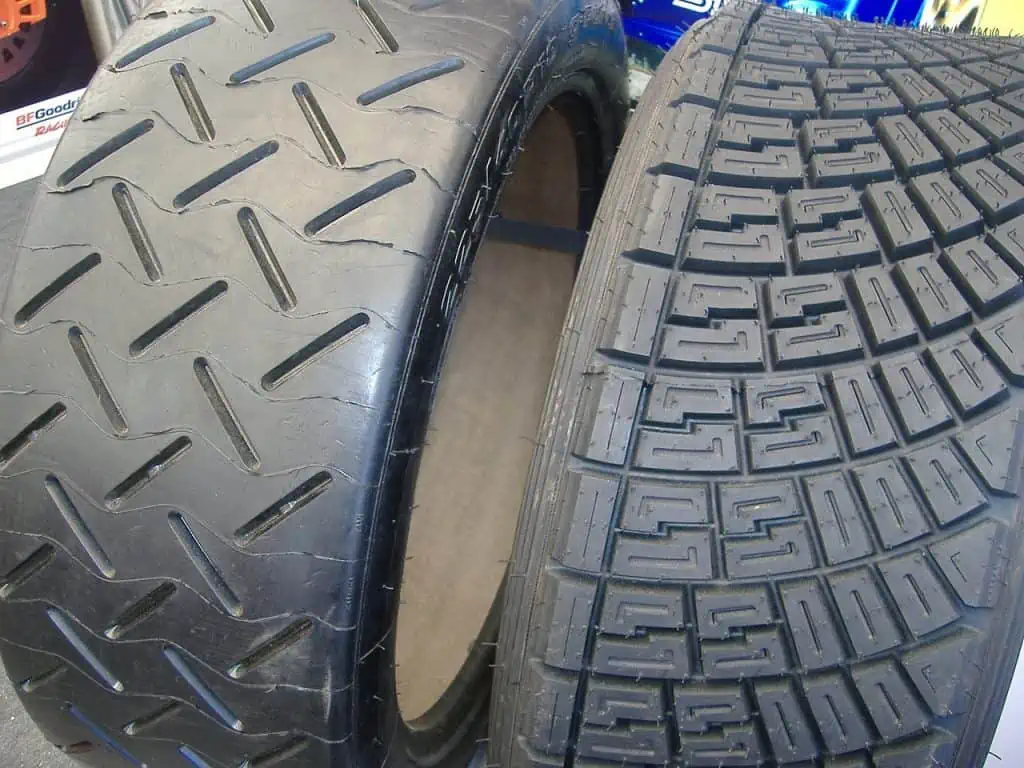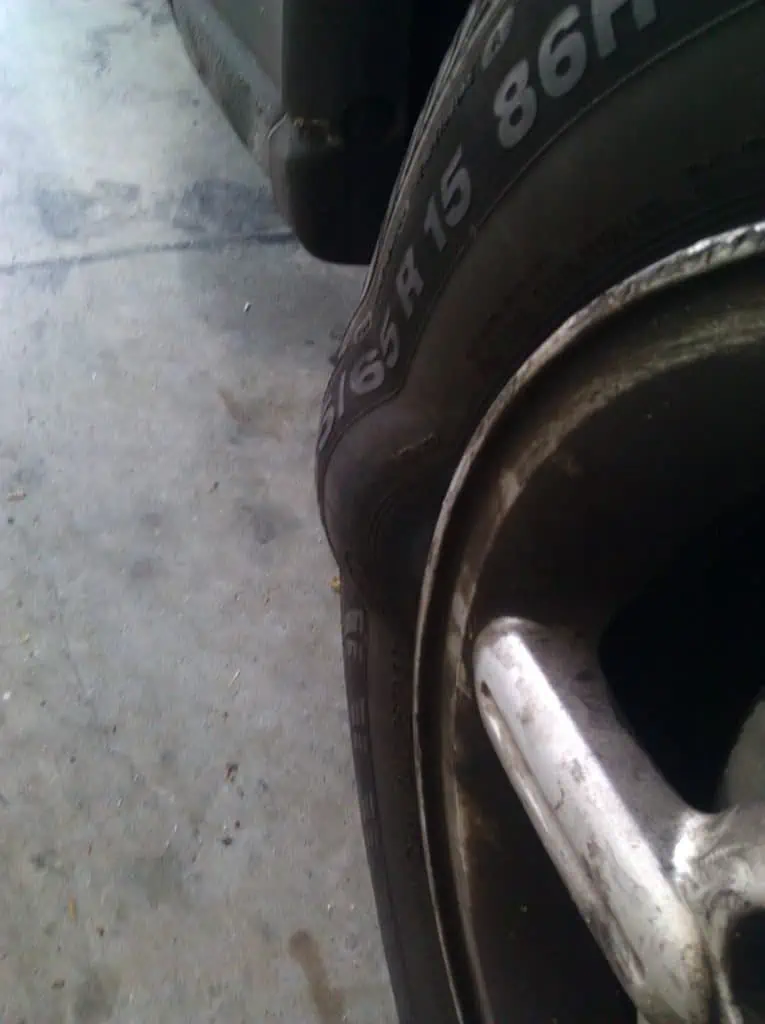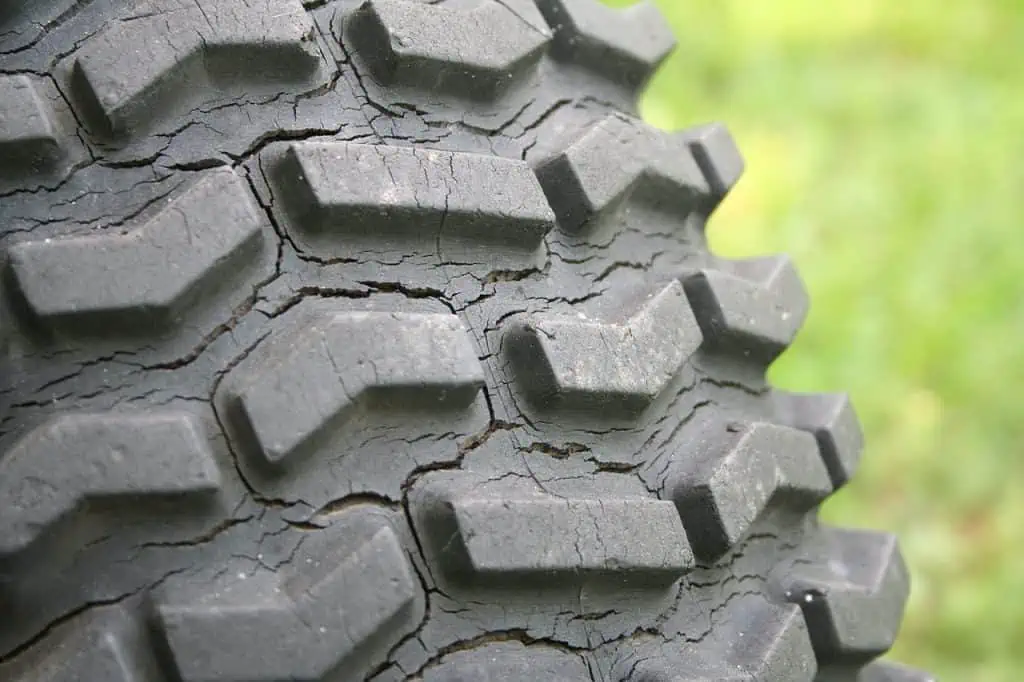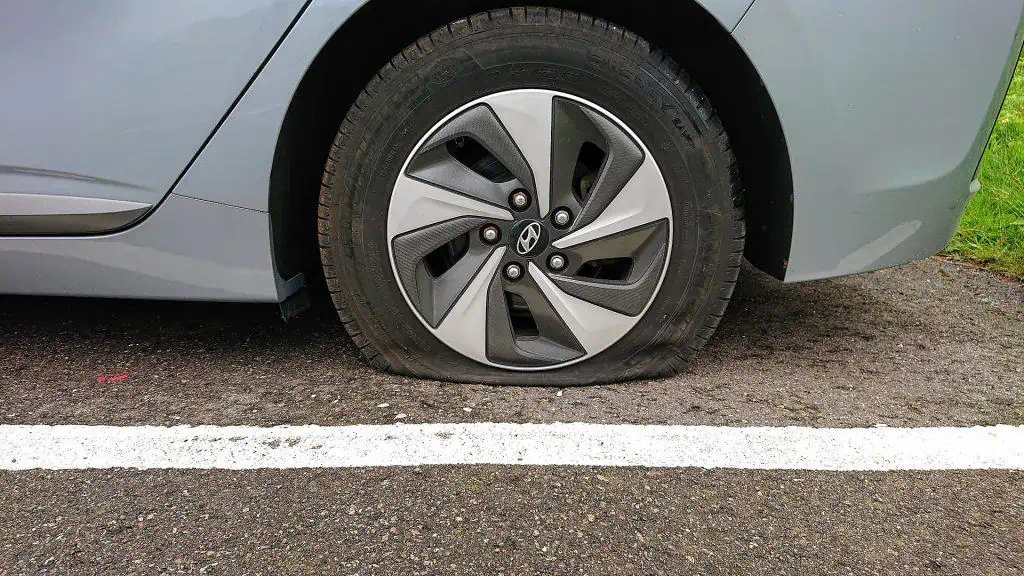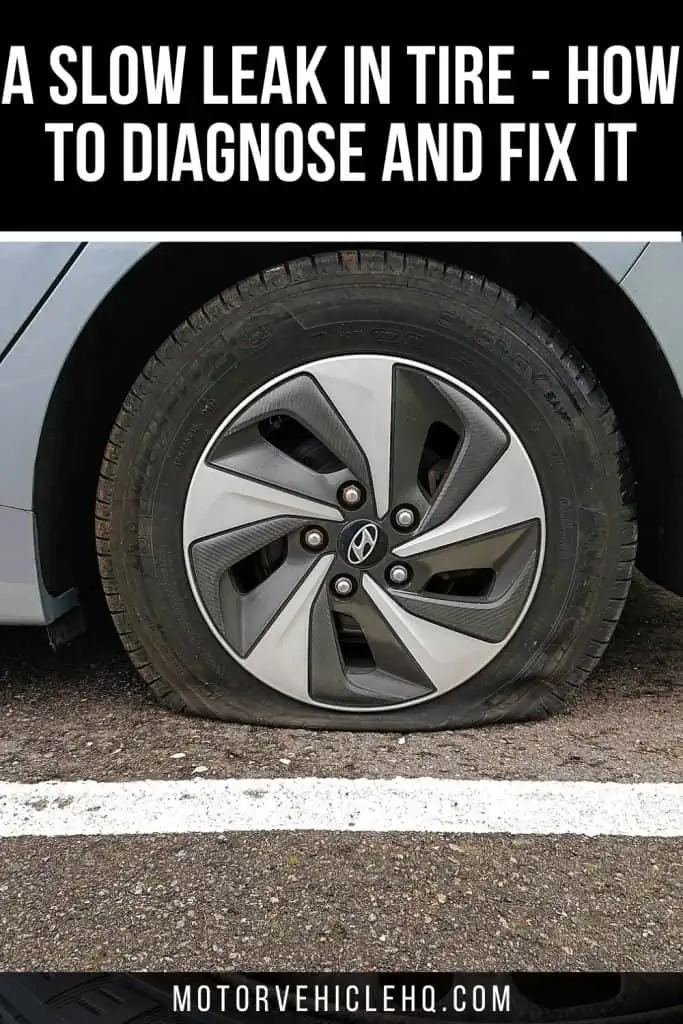Tires, the point of contact between your car and the road, are what determine a vehicle’s performance and safety. This means that if you have a leaky tire, you risk both your own and other people’s lives. We also see instances of a slow leak in tire, which is more deceiving.
Numerous frequent problems could be the cause of this. Sometimes they are simple to spot, such as when there are minor fissures in the side walls. You only need to look at your tire to identify them.
Other issues could be more challenging to find. These are frequently the most challenging to handle as well. Often, finding the fault and fixing it both require the assistance of a mechanic.
Many drivers don’t know how to spot a slow leak in tire or what to do about it once they do. Understanding the basics of a slow leak in tire is crucial if you want to know what to watch out for and how to safeguard your car if one occurs. Ignoring this issue could lead to more problems down the road that will cost you more money.
Low tire pressure is caused by a slow leak in tire, which can have a detrimental effect on fuel efficiency. It might ultimately result in a blowout. Additionally, it can reduce the car’s maneuverability, making it more difficult for you to drive in severe weather or respond to emergencies.
Today, we’ll talk about how to identify and repair a slow leak in tire. Now is the time to stop ignoring the low-pressure sensor and use this manual!
A Slow Leak In Tire: What Is It?
It sounds just like a slow leak in tire. They are minor air leaks in a tire that are best defined as weaknesses. Usually, this process takes place over a longer time. Since these leaks develop gradually, it can be difficult to find them.
These leaks differ significantly from typical tire leaks. You might be curious as to why they are unique. The primary distinction between them is that you might not be able to find these slow leaks unless you are looking for them specifically.
Assorted new automotive road tires by HopsonRoad (Stephen Flanders) / CC BY-SA 4.0. A significant difference between these two sorts of leaks is that slow leaks rarely make a hissing sound. Your tire pressure won’t change much either. These are so difficult to locate because they can occur anywhere on the tire.
Because your tire will be entirely flat when you step out of your car, tire leaks are considerably more obvious. You won’t be able to operate your car, but you will be aware that something is wrong.
Slow leaks hardly ever produce a hissing sound, which is another notable distinction between these two types of leaks. The pressure in your tires won’t much vary, either. These can appear anywhere on the tire, which is why they are so challenging to find.
It’s critical to realize that these gradual tire leaks could be dangerous because they eventually cause your tire pressure to drop. Driving with improper tire pressure could result in an overheated vehicle or a tire blowing out.
There would be some negative consequences of this. In this scenario, you run a bigger danger of blowing out a tire if you are traveling on the highway at higher speeds. It is crucial to address this problem as soon as you become aware of it. If you don’t, your tire will just become worse.
What Signs of a Slow Leak In Tire Should I Look Out For?
You must pay close attention to how your tires drive if you want to spot specific indicators of a slow leak in tire. The way they function is essential in figuring out whether or not they have slow leaks.
Have you noticed that your tires have started getting flat more frequently? Does this persist after getting new tires? If so, you must return your tires to the shop. You might have worn-out tires. You won’t be able to halt the leak unless you patch your tires.
Do your tires lose pressure after being parked for a while? Does only one tire have the low tire pressure at this time? You might have a gradual tire leak if you answered “yes” to these inquiries. The longer you wait, the worse it will get.
If your automobile alerts you to low tire pressure, this could be an indication that your tire is losing air. Never disregard any lights that appear on your dashboard. These exist to alert you to potential issues that require further investigation.
Why Does a Slow Leak In Tire Problem Occur?
Your tire’s leak could be caused by a variety of factors. This issue may occasionally be caused by damaged tires or wheels. They consist of;
1. A Bad Valve Stem
A bad valve stem could be a major wheel issue. Over time, the valve stems may degrade. The result of normal wear and tear will be this. Exposure to chemicals on the road will cause air to flow out when this happens. Most frequently, these valves are changed together with a new set of tires.
This is done to stop these small air leaks. If you overtighten these valves, that could also result in a leak. It’s crucial to make sure they’re firm but not overly secure. If you tighten them too much, your tire will slowly begin to leak.
2. A Bent or Damaged Wheel
A bent wheel is another issue that may be causing your tire to progressively lose air. To match the tires, the wheels must be completely rounded. The two shouldn’t be separated by any spaces.
A winter tire without studs by Lombroso. After driving over a severe pothole or curb, the tire’s sidewalls may flex, letting air out of the tire. If the tire-wheel unit is intact, the tire needs to be re-inflated. Remember to check the sidewall for cuts, bulges, and punctures as these are indications of inside or exterior deterioration that could result in leaks.
Unfortunately, usage or contact with a road hazard over time could cause the round shape to shift. A slow leak in tire will eventually result from this shape alteration. Additionally, a bent wheel could harm the bead of the tire. This will also contribute to a gradual tire leak.
NOTE: It’s crucial to visit a mechanic if you have any of these problems to have them fixed. They will be able to correctly diagnose your situation and then assist you in repairing a flat tire. To prevent further damage to your vehicle, it is crucial to complete this as quickly as possible.
3. Damage to Beads
Air loss could happen if there is a sealing surface between metal and rubber. A tiny hole can be made for the air to escape through by small fragments of debris between the tire and the rim, bead chunking, and other factors.
Additionally, as the rubber loses its flexibility after years of use, aging plays a role in seal cracking. The age of the tires must be known before you buy them, for this reason.
Finally, the bead may rest oddly on the rim as a result of the work of an incompetent technician.
4. Piercing Nails
A nail in your tire is another typical reason. You never know when you might be driving and unintentionally hit a nail. Your tire might be punctured by nails. This will speed up a sluggish tire leak.
Your tire will need to be fixed or replaced after the nail has been removed. This must be done to prevent a flat tire. You can have the tire fixed and the nail removed by a professional.
5. Risks On the Road
The sidewalls of the tire may flex after driving over a curb or a significant pothole, causing the tire to lose air. The tire needs to be re-inflated if the tire-wheel unit is undamaged. Do not forget to look for sidewall cuts, bulges, and punctures as these are signs of internal or exterior deterioration that may cause leaks.
Check for damage all around when it’s time to take your automobile in for a normal inspection or you notice the air slowly evaporating from the tires. Some minor issues, like a little puncture, can be fixed.
6. Tire Old Age
Your tires’ susceptibility to slow leak in tire increases with age. As tires deteriorate progressively over time, the rubber will deteriorate and the seal may fail.
This is why it’s crucial to be aware of the age of your present tires. Additionally, you need to be aware of the age of the tires you plan to buy. Older tires that won’t survive very long and result in gradual tire leaks shouldn’t cost you money.
7. Extreme Changes In Temperature
Nearly 2% of the air in a tire is lost for every 10°F drop in temperature. Similarly to that, it increases by 2% each time the temperature climbs by 10°F. In light of this, buses and pickups may gain or lose two psi while lighter passenger cars typically gain or lose roughly one psi.
The difference in temperature between day and night for most of the US is close to 20°F. So there’s no need to worry if your car spends the night outside in the cold and you discover underinflated tires the next day. By the afternoon, the inflation should be back to normal.
The temperature change results in pressure variations. The atmospheric pressure is unchanged. If there is no harm, maintain the same pressure.
A problematic valve stem may be a serious wheel issue. The valve stems could deteriorate with time. This is what regular wear and tear will produce. When this occurs, air will exit due to exposure to toxins on the road. These valves are typically replaced together with a fresh pair of tires.
NOTE: Routine inspections are always recommended. This will enable you to find any slowly leaking tires as soon as possible. Additionally, you’ll be able to prevent the high repair expenditures that a leaky tire may cause. You can get help with a regular auto checkup from your neighborhood repair shop.
If any problems are discovered, the technician will be able to let you know about them and also assist you in formulating a strategy. It’s a good idea to have your car checked out often to prevent little problems from becoming more serious ones. You can save money on repairs if you stay on top of any minor concerns.
How Can I Conduct My Test for a Slow Leak In Tire?
Do you suspect a gradual air leak in your car tire? You can check if your tire is leaking at home by performing a few quick tests.
1. Through Touch or Hissing Sound
The leak can typically be located by feel or sound. As you approach the leak, you can hear a distinct hissing sound that gets louder. Check for air loss thereby feeling the tire. The leak zone will feel warmer if the tire is warm.
2. Water Dumping the Wheel
You could start by looking for any visual indicators. Any physical harm to your tire or protruding foreign items would fall under this category. If you are unable to locate anything, there may be a more serious problem.
In addition to a visual examination, there is another test you can perform. You will require a sizable tub of water to carry out this test. Your tire has to be inflated with air. It can be a good idea to pump up your tire a bit more than usual. Make sure to remain below the maximum pressure rating if you choose to do this.
This is found on the tire’s sidewall. You might be asking why it’s necessary to inflate your tire more than usual. This is because leaks at higher pressure typically occur more quickly, making them simpler to locate.
Once your tire is inflated, put it in the water-filled tub. It’s possible that you can only insert a portion of your tire at once. This is alright. Simply make sure the bead is submerged and covered.
Now, you should keep an eye out for any water bubbles. If you notice any bubbles, your tire may be leaking if it does. Make sure you are paying close attention when you rotate your tire if you are doing so through the water.
3. Employing Soapy Water
The final method is to use a bubble solution to check for slow leaks near the bead or valve. This bubble solution is available at home improvement retailers.
Gas line leak detection also uses this solution. Spraying the solution on the tire is one approach to looking for a leaky tire. You can check to see if this remedy identifies a tire leak.
Pour water and 20% soap or detergent into a spray bottle. Apply the solution to the tire edges and rims. Before working on the outside and inside sides of the rim, be sure to soak the valve stem.
A tire repair shop in Niger by NigerTZai / CC BY-SA 4.0. Inspections regularly are always advised. This will help you locate any tires that are slowly leaking as soon as possible. Furthermore, you’ll be able to avoid the exorbitant repair costs that a leaky tire can entail. Regular auto inspections from your local repair shop can be helpful.
To inspect for damage that you might have missed, apply a small amount of the mixture to the tread and sidewalls. Where there is a slow leak in tire, bubbles will appear.
Wait five minutes before observing any changes because this doesn’t produce immediate results.
Questions to Ask Yourself Before Attempting a Tire Repair
The slow leak in tire problem has three remedies. You have three options: repair the hole, inflate the tire with a portable tire inflator, or mount the spare tire and buy a new tire. The best (and safest) solution is to repair the tire with an expert tire plug kit rather than airing it up every other day.
However, you must first decide if it is safe to repair the tire. If you want to determine whether you have an unfixable issue on your hands, ask yourself the following questions.
- Does the tire have a separation?
- Do the tires appear to be cupping at all?
- Is the tire just beyond repair due to age?
- Is it too late to fix the tread depth?
- Are you competent enough to use a tire plug kit for professionals?
- Have you frequently operated a vehicle on a damaged tire?
How to Fix a Slow Leak In Tire
The location of the leak and the extent of the damage will determine the repair strategy. For instance, with a mechanic’s assistance, a leak in the tread of the tire might be fixed. On it, they’ll apply a fix.
On the other hand, a leak brought on by a bent wheel might necessitate replacing both the wheel and the tire. Similar to the last example, you will either need to replace the air valve or the entire tire if the corrosion of the air valve was the cause of the problem.
It’s important to take your car to the shop for an inspection because gradual leaks can be difficult to detect. Because little leaks are frequently connected to intricate problems with the wheel or tire, home patch kits are insufficient to completely repair the damage.
Using tire puncture sealants or a tire plug kit will stop a leak in the tire.
1. Application of Tire Puncture Sealants
Don’t move forward without first reading the directions on the sealant tube. Pull the problematic item(s) out of the tire using a pair of pliers.
- The wheel should be turned such that it is at the top of the vehicle.
- You will have to unscrew the valve cap since that is where you will apply the sealant.
- Place the valve stem in the sealant’s nozzle’s position, then inject the sealant’s contents there.
- Drive your vehicle to turn the tire. This guarantees even sealant distribution inside the tire and prevents the development of large lumps.
Tire bubbles can eventually become avenues for a slow tire leak by Osnetwork / CC BY-SA 3.0. With time, your tires become more prone to slow leaks. Rubber will deteriorate and the seal may fail as tires lose their durability over time. Knowing how old your current tires are is therefore essential. You should also be mindful of the age of the tires you intend to purchase.
2. The Use of a Tire Plug Kit
Using a lug wrench or an impact wrench, loosen the lug nuts. Before the car is jacked up, the lug nuts must be loosened or broken in so that the weight of the car is still on the wheels. This essentially stops risky spinning when the lugs are later turned on.
- Jack the automobile up securely using jack stands and place it on a flat platform.
- Remove the wheel and lug nuts from the hub using a wrench.
- Remove any breaching objects stuck within the tire using a pair of pliers.
- Utilize the rasp tool included in the tire plug kit to clean the hole. By making the section rougher, the repair will stay in place.
- The repair package will include a plug and an insertion tool. Connect the latter to the earlier
- To make a more effective repair, spread adhesive over the plug.
- Through the use of the insertion tool, force the plug inside the tire. Allow the adhesive to fully dry.
- Look for any tire plugs that are sticking out from the outside. If any cutaways are discovered.
- Pump up the tire. If the seal hasn’t formed after applying some soapy water, add more adhesive.
- Before lowering the car, attach the wheel to it. Change the tire and tighten the lug nuts.
Leaks can be fixed temporarily with plugs and sealants, which typically last 100 miles. This is a temporary fix. Make sure to schedule a repair appointment at the neighborhood garage very away.
Repair of Bead Seal Leaks
A leak in the bead seal occurs if water seeps into the tires and remains stationary at the intersection of the tire and rim. The metal corrodes gradually in this region, known as the bead seal area, as a result of the leak. Most frequently, leaks of this kind occur in alloy or aluminum wheels. The following describes how to remedy bead seal leaks:
- Remove the vehicle’s wheel: To release any extra air still in the tire, apply pressure to the valve stem. The bead seal region will then be visible. Don’t worry, you do not need to remove the tire from the rim.
- Eliminate the rusted rim parts: There are buffing wheels made specifically to get rid of bead seal rust. This smoothens the rim’s surface by polishing it. Use it in addition to the bead seal.
- Remove the dirt by cleaning: Wash the spot where the tire meets the rim using a rubber-based solvent. When the tire is inflated, this will aid in creating a better seal.
- Apply tire adhesive: Apply glue to the bead seal on the rim. If you don’t want to touch the adhesive, use a cotton swab instead of the tip of your finger. Although this step is optional, by preventing moisture from penetrating the rim, it can avoid corrosion in the long run.
- Remount the tire on the automobile after pumping it up.
Tire showing weather-cracking over long-term exposure to the weather by Griffinstorm / CC BY-SA 4.0. Every 10°F drop in temperature results in a loss of over 2% of the air in a tire. It rises by 2% each time the temperature similarly rises by 10°F. In light of this, heavier passenger cars normally gain or lose about one psi while buses and pickups may gain or lose two psi.
How Can I Repair or Restore the Rims?
We advise visiting a mechanic who offers hydraulic assistance if the wheel is bent. The new technique for straightening wheels is incredibly effective. Never use a hammer on aluminum alloy wheels because you risk entirely breaking them. Because aluminum tends to break easily, softer handling will result in better repair.
Cleaning the wheels will help prevent corrosion, which is the best course of action in this situation. After removing the wheel, you must remove the tire. After that, gather wax, sanding equipment, and aluminum metallic polish (this is optional).
The wheel should be cleaned and any grease removed. Next, remove any remaining paint or finishes. Sand each component completely, being sure to reach every nook and cranny and within each lug nut’s hole. Sand the center of the rim while running the sander at a low speed. Before putting on a layer of wax, polish it until it is completely shining again (if needed).
Depending on the type of wheel and the manufacturer’s specifications, it may vary. Always make sure you’re prepared by donning gloves and safety eyewear.
How to Remove a Damaged Valve Stem
Before removing the tire from the rim, you must let the air out. A valve stem can be changed easily. Simply deflate the tire, crack the top bead, and then screw the valve stem remover tool onto the stem before removing it.
A valve core removal tool can be used to repair a leaky valve core. The process used to let air out of a tire is the same as this one.
Is Driving with a Slow Leak In Tire Safe?
If there is a slow leak in tire, you can still drive a short distance. You might, however, increase the size of the hole. The difficulty of repairing the tire increases with hole size. It might eventually stop being repairable. The tire plug should not be larger than the hole, which serves as a decent rule of thumb.
There is also the possibility that the tire could completely deflate while you are driving. Driving with a flat tire hurts the tire since the rim is constantly wearing it down. The rim could gradually sag out of shape.
What You Should Know About Tires Pressure
You can determine what tire pressure level is too low by using the tire pressure stick. If it’s just a little bit below the suggested threshold, it won’t be the end of the world. However, continuing to drive in that condition for an extended period can harm the vehicle.
Low tire pressure causes the edges of your car’s tires to age more quickly. Additionally, riding on flat tires will completely ruin the tires. On the other hand, driving overinflated tires can hasten the wear on the center tread.
Flat tire on a Hyundai car because of a slow tire leak by Stian Martinsen / CC BY-SA 4.0. Low tire pressure is the result of a slow tire leak, which can reduce fuel economy. It might eventually cause a blowout. Furthermore, it can make the vehicle less maneuverable, which will make it more challenging for you to drive in bad weather or respond to crises.
You have to keep the tire PSI constant. Make sure you always have a portable air compressor in your car.
Check your TPMS if the light is on. If your vehicle lacks a TPMS system, check your tires’ pressure each time you fill up with petrol. A tire that requires frequent inflation is certainly leaking.
In addition, regardless of the weather, tire pressure slowly rises when you reach the end of your drive. The interior air particles heat up and expand as a result of the tires’ continuous contact with the ground.
The Conclusion
Is the tire on your automobile slowly leaking? You need to replace it as quickly as you can. Driving on a tire that is gradually losing air could cause the tire to eventually fail. If this occurs, you will need to replace the entire item, which could end up costing you more money over time.
Your car’s safety greatly benefits from having the proper tire pressure. It is also one of the initial signs of a slow leak in tire. Don’t disregard the clear warnings that your car is sending you; failing to do so could result in costly repairs down the road.

Flat tire on a Hyundai car because of a slow tire leak by Stian Martinsen / CC BY-SA 4.0

Jim Wicks is the founder of MotorVehicleHQ. With over two decades of experience in the automotive industry and a degree in Automotive Technology, Jim is a certified car expert who has worked in various roles ranging from a mechanic, car dealership manager, to a racing car driver. He has owned more than 20 cars over the past 15 years. Ask him about any vehicle you see on the road and he can tell you the make, model and year. He loves the aesthetics of all things cars, and keeps his vehicles in pristine condition.
In his free time, Jim enjoys getting his hands dirty under the hood of a classic car or taking long drives along the country roads. His favorite car? A 1967 Shelby GT500, a true classic that, according to Jim, “represents the pure essence of American muscle.”
